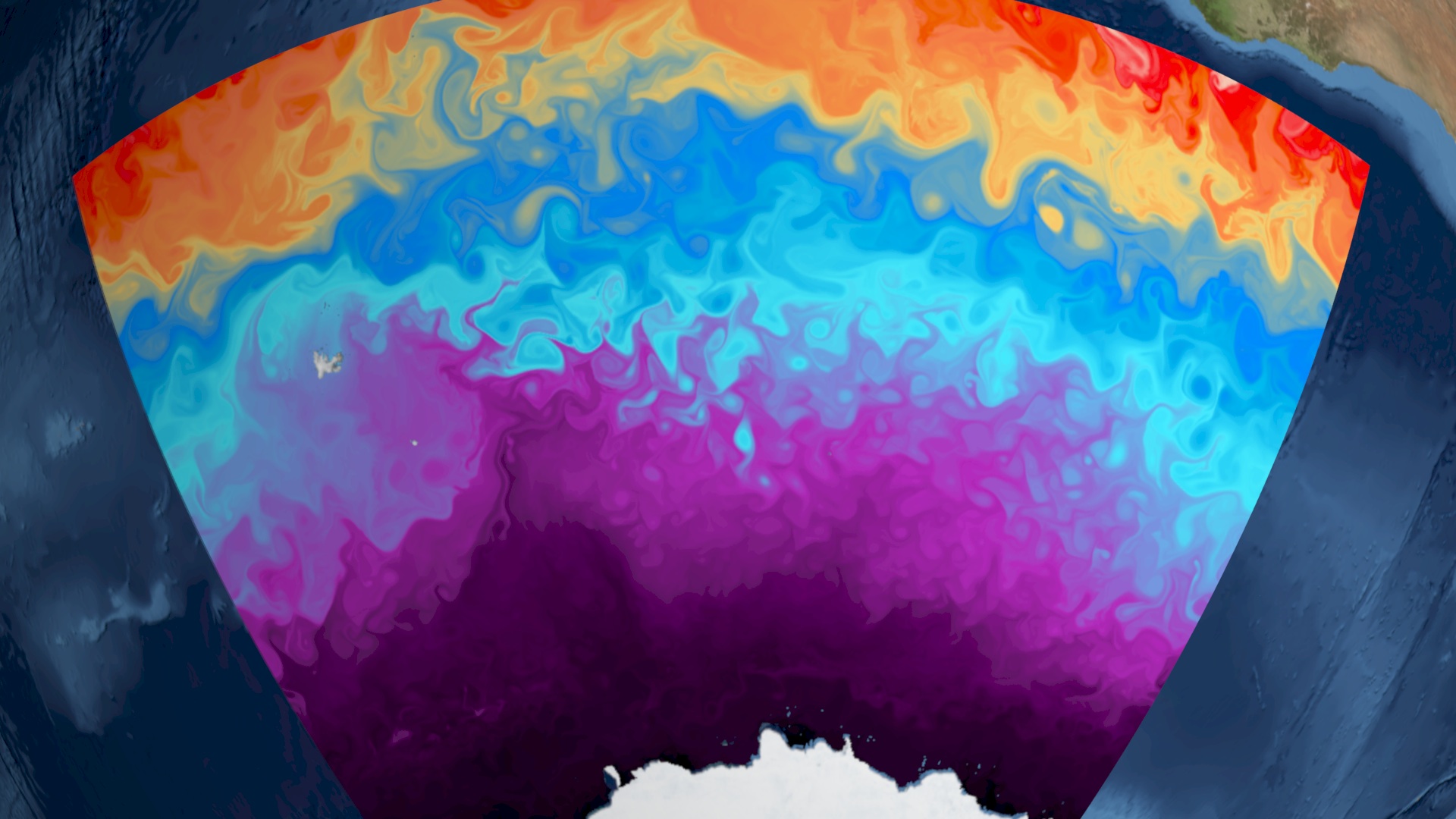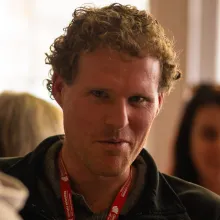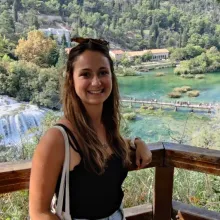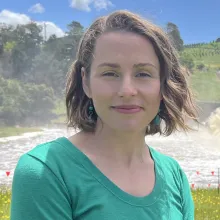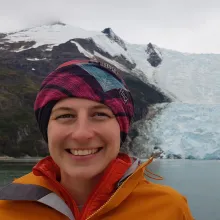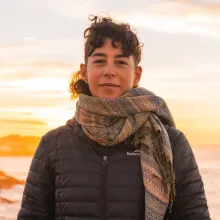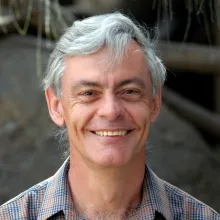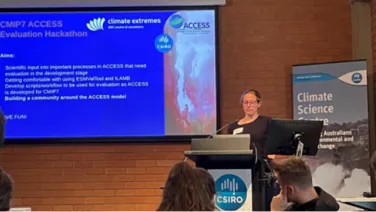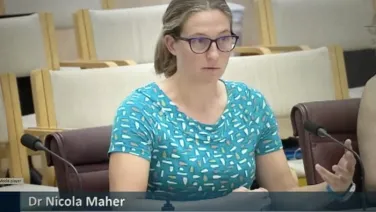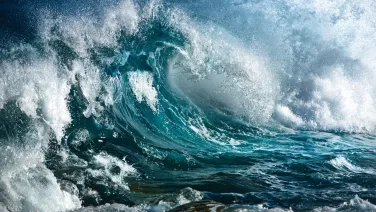
Climate and Fluid Physics
The Climate and Fluid Physics group carries out research on fluid dynamics and thermodynamics problems relevant to Earth.
About
The Climate and Fluid Physics group carries out research on fluid flow problems relevant to Earth, using numerical modelling, theory, and laboratory experiments in the Climate & Fluid Physics Laboratory.
We are interested in problems ranging from large-scale ocean circulation to ice melting, from convection to waves and turbulence and from lava flows to climate dynamics. Come chat with us at the Jaeger 7 Building where we all sit.
Research topics
Below is a non-exhaustive listing of the research carried out by the Climate and Fluid Physics group. Click on the links for more information about a specific topic.
- Southern Ocean circulation
- Internal waves and turbulence
- Dynamics and thermodynamics of the sea surface
- Ocean convection
- Melting of ice sheets
Affiliations and connections
Climate and Fluid Physics is a key contributor to the Consortium for Ocean and Sea Ice Modelling in Australia (COSIMA), which developed the ACCESS-OM2 suite of coupled global ocean and sea-ice models and is now working towards its next iteration, ACCESS-OM3. We also have strong connections with ACCESS-NRI.
Climate and Fluid Physics is a node of the ARC Centre of Excellence for 21st Century Weather.
Potential student projects
Student projects at the undergraduate, Honours, Masters and PhD levels are available in many areas related to Climate and Fluid Physics, including the research topics listed above. Below are a few examples of potential projects.
Potential student enquiries about these or other projects are always welcome. Feel free to reach out to a relevant member of our group to chat!
Visualisation galleries
Take a look at some of our modelling and laboratory flow visualisations:

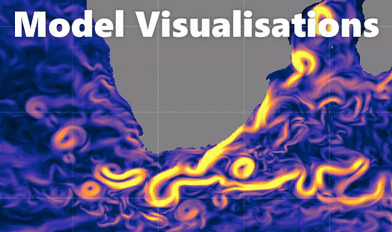
Recent activity
We hold weekly group meetings. A full schedule of all our activities is available in our Google calendar.
Climate and Fluid Physics hold regular social events including dinners, annual retreats, and ski trips. A gallery of the group's social activities is here.


